点云模板匹配是一种在点云数据中寻找特定形状或模式的方法。它通常用于计算机视觉和三维图像处理中,可以应用于物体识别、姿态估计、场景分析等任务。点云模板匹配的基本思想是将一个称为模板的小点云形状与输入的大点云进行匹配,以找到最佳的对应关系。通常,模板是由已知的目标对象或感兴趣的形状提取得到的。
以下是一般的点云模板匹配流程:
- 提取模板:从点云中选择一个目标对象或形状,提取出其特征或描述子作为模板。
- 预处理:对输入的大点云进行预处理,例如滤波、重采样、去噪等操作,以减少噪声和优化数据质量。
- 特征提取:为输入点云和模板点云提取特征或描述子。这些特征可以包括形状特征、几何属性、法线方向、表面曲率等。
- 匹配:使用匹配算法(如最近邻搜索、迭代最近点、ICP等)通过比较特征或描述子来寻找最佳的匹配。
- 评估与筛选:根据匹配得分或距离,对匹配结果进行评估并筛选出最佳的匹配结果。
- 可视化和应用(可选):可以将匹配结果可视化或应用于其他任务,如目标识别、姿态估计等。
需要注意的是,点云模板匹配的性能受到许多因素的影响,如点云质量、噪声、特征选择、算法选择等。在实际应用中,可能需要尝试不同的方法和参数来获得最佳的匹配结果。
代码实现
#include <limits>
#include <fstream>
#include <vector>
#include <Eigen/Core>
#include <pcl/point_types.h>
#include <pcl/point_cloud.h>
#include <pcl/io/pcd_io.h>
#include <pcl/kdtree/kdtree_flann.h>
#include <pcl/filters/passthrough.h>
#include <pcl/filters/voxel_grid.h>
#include <pcl/features/normal_3d.h>
#include <pcl/features/fpfh.h>
#include <pcl/registration/ia_ransac.h>
#include <pcl/visualization/cloud_viewer.h>
#include <pcl/search/impl/search.hpp>typedef pcl::visualization::PointCloudColorHandlerCustom<pcl::PointXYZ> PCLHandler;class FeatureCloud {
public:typedef pcl::PointCloud<pcl::PointXYZ> PointCloud;typedef pcl::PointCloud<pcl::Normal> SurfaceNormals;typedef pcl::PointCloud<pcl::FPFHSignature33> LocalFeatures;typedef pcl::search::KdTree<pcl::PointXYZ> SearchMethod;FeatureCloud() :search_method_xyz_(new SearchMethod),normal_radius_(0.02f),feature_radius_(0.02f) {}~FeatureCloud() {}// 处理给定的点云voidsetInputCloud(PointCloud::Ptr xyz) {xyz_ = xyz;processInput();}// 加载并处理给定PCD文件中的点云voidloadInputCloud(const std::string& pcd_file) {xyz_ = PointCloud::Ptr(new PointCloud);pcl::io::loadPCDFile(pcd_file, *xyz_);processInput();}// 获取指向点云的指针PointCloud::PtrgetPointCloud() const {return (xyz_);}// 获取指向三维曲面法线的点云的指针SurfaceNormals::PtrgetSurfaceNormals() const {return (normals_);}// 获取指向特征描述点云的指针LocalFeatures::PtrgetLocalFeatures() const {return (features_);}protected:// 计算表面法线和局部特征voidprocessInput() {computeSurfaceNormals();computeLocalFeatures();}// 计算表面法线voidcomputeSurfaceNormals() {// 创建表面法向量normals_ = SurfaceNormals::Ptr(new SurfaceNormals);// 计算表面法向量pcl::NormalEstimation<pcl::PointXYZ, pcl::Normal> norm_est;norm_est.setInputCloud(xyz_);norm_est.setSearchMethod(search_method_xyz_);norm_est.setRadiusSearch(normal_radius_);norm_est.compute(*normals_);}// 计算局部特征描述子/*** 根据表面法向量 计算本地特征描述*/voidcomputeLocalFeatures() {features_ = LocalFeatures::Ptr(new LocalFeatures);pcl::FPFHEstimation<pcl::PointXYZ, pcl::Normal, pcl::FPFHSignature33> fpfh_est;fpfh_est.setInputCloud(xyz_);fpfh_est.setInputNormals(normals_);fpfh_est.setSearchMethod(search_method_xyz_);fpfh_est.setRadiusSearch(feature_radius_);fpfh_est.compute(*features_);}private:// 点云数据PointCloud::Ptr xyz_;SurfaceNormals::Ptr normals_;LocalFeatures::Ptr features_; // 快速点特征直方图 Fast Point Feature HistogramSearchMethod::Ptr search_method_xyz_; // KDTree方法查找邻域// 参数float normal_radius_;float feature_radius_;
};class TemplateAlignment {
public:// 用于存储对齐结果的结构struct Result {// 匹配分数float fitness_score;// 转换矩阵Eigen::Matrix4f final_transformation;EIGEN_MAKE_ALIGNED_OPERATOR_NEW};TemplateAlignment() :min_sample_distance_(0.05f),max_correspondence_distance_(0.01f * 0.01f),nr_iterations_(500) {// 初始化随机采样一致性(SAC-IA)算法中的参数sac_ia_.setMinSampleDistance(min_sample_distance_);sac_ia_.setMaxCorrespondenceDistance(max_correspondence_distance_);sac_ia_.setMaximumIterations(nr_iterations_);}~TemplateAlignment() {}// 将给定的点云设置为模板将与之对齐的目标void setTargetCloud(FeatureCloud& target_cloud) {target_ = target_cloud;// 设置输入target点云sac_ia_.setInputTarget(target_cloud.getPointCloud());// 设置特征targetsac_ia_.setTargetFeatures(target_cloud.getLocalFeatures());}// 将给定点云添加到模板点云列表中void addTemplateCloud(FeatureCloud& template_cloud) {templates_.push_back(template_cloud);}// 将给定的模板点云与setTargetCloud()指定的目标对齐// 对齐的核心代码void align(FeatureCloud& template_cloud, TemplateAlignment::Result& result) {// 设置输入源sac_ia_.setInputSource(template_cloud.getPointCloud());// 设置特征源sac_ia_.setSourceFeatures(template_cloud.getLocalFeatures());pcl::PointCloud<pcl::PointXYZ> registration_output;sac_ia_.align(registration_output);// 根据最远相应距离计算匹配分数result.fitness_score = (float)sac_ia_.getFitnessScore(max_correspondence_distance_);// 获取最终转换矩阵result.final_transformation = sac_ia_.getFinalTransformation();}// 将addTemplateCloud设置的所有模板点云与setTargetCloud()指定的目标对齐void alignAll(std::vector<TemplateAlignment::Result, Eigen::aligned_allocator<Result> >& results) {results.resize(templates_.size());for (size_t i = 0; i < templates_.size(); ++i) {align(templates_[i], results[i]);}}// 将所有模板点云与目标点云对齐,以找到具有最佳对齐分数的模板云int findBestAlignment(TemplateAlignment::Result& result) {// 将所有模板与目标点云对齐std::vector<Result, Eigen::aligned_allocator<Result> > results;alignAll(results);// 找到最合适的模板float lowest_score = std::numeric_limits<float>::infinity();int best_template = 0;for (size_t i = 0; i < results.size(); ++i) {const Result& r = results[i];if (r.fitness_score < lowest_score) {lowest_score = r.fitness_score;best_template = (int)i;}}// 输出最佳匹配result = results[best_template];return (best_template);}private:// 模板云及其将要对齐的目标的列表std::vector<FeatureCloud> templates_;FeatureCloud target_;// 随机采样一致性(SAC-IA)算法注册例程及其参数pcl::SampleConsensusInitialAlignment<pcl::PointXYZ, pcl::PointXYZ, pcl::FPFHSignature33> sac_ia_;float min_sample_distance_;float max_correspondence_distance_;int nr_iterations_;
};/*** 对齐对象模板集合到一个示例点云* 通过直通滤波框定范围(得到感兴趣区域)* 将感兴趣区域进行降采样(提高模板匹配效率)*/
int main(int argc, char** argv)
{// 加载对象模板std::vector<FeatureCloud> object_templates;object_templates.resize(0);// 加载特征云FeatureCloud template_cloud;template_cloud.loadInputCloud("G:/vsdata/PCLlearn/PCDdata/bun0.pcd");object_templates.push_back(template_cloud);// 加载目标点云pcl::PointCloud<pcl::PointXYZ>::Ptr cloud(new pcl::PointCloud<pcl::PointXYZ>);pcl::PCDReader reader;reader.read("G:/vsdata/PCLlearn/PCDdata/bun0.pcd", *cloud);// 移除离群点const float depth_limit = 1.0;pcl::PassThrough<pcl::PointXYZ> pass;pass.setInputCloud(cloud);pass.setFilterFieldName("z");pass.setFilterLimits(0, depth_limit);pass.filter(*cloud);// 降采样点云, 减少计算量// 定义体素大小 5mmconst float voxel_grid_size = 0.005f;pcl::VoxelGrid<pcl::PointXYZ> vox_grid;vox_grid.setInputCloud(cloud);// 设置叶子节点的大小lx, ly, lzvox_grid.setLeafSize(voxel_grid_size, voxel_grid_size, voxel_grid_size);//vox_grid.filter (*cloud); // Please see this http://www.pcl-developers.org/Possible-problem-in-new-VoxelGrid-implementation-from-PCL-1-5-0-td5490361.htmlpcl::PointCloud<pcl::PointXYZ>::Ptr tempCloud(new pcl::PointCloud<pcl::PointXYZ>);vox_grid.filter(*tempCloud);cloud = tempCloud;// 保存滤波&降采样后的点云图pcl::io::savePCDFileBinary("pass_through_voxel.pcd", *tempCloud);std::cout << "pass_through_voxel.pcd saved" << std::endl;// 对齐到目标特征点云FeatureCloud target_cloud;target_cloud.setInputCloud(cloud);// 设置TemplateAlignment输入TemplateAlignment template_align;for (size_t i = 0; i < object_templates.size(); i++) {FeatureCloud& object_template = object_templates[i];// 添加模板点云template_align.addTemplateCloud(object_template);}// 设置目标点云template_align.setTargetCloud(target_cloud);std::cout << "findBestAlignment" << std::endl;// 查找最佳模板对齐方式// 核心代码TemplateAlignment::Result best_alignment;int best_index = template_align.findBestAlignment(best_alignment);const FeatureCloud& best_template = object_templates[best_index];// 打印匹配度分数(小于0.00002的值是好的)printf("Best fitness score: %f\n", best_alignment.fitness_score);printf("Best fitness best_index: %d\n", best_index);// 打印旋转矩阵和平移向量Eigen::Matrix3f rotation = best_alignment.final_transformation.block<3, 3>(0, 0);Eigen::Vector3f translation = best_alignment.final_transformation.block<3, 1>(0, 3);Eigen::Vector3f euler_angles = rotation.eulerAngles(2, 1, 0) * 180 / M_PI;printf("\n");printf(" | %6.3f %6.3f %6.3f | \n", rotation(0, 0), rotation(0, 1), rotation(0, 2));printf("R = | %6.3f %6.3f %6.3f | \n", rotation(1, 0), rotation(1, 1), rotation(1, 2));printf(" | %6.3f %6.3f %6.3f | \n", rotation(2, 0), rotation(2, 1), rotation(2, 2));printf("\n");cout << "yaw(z) pitch(y) roll(x) = " << euler_angles.transpose() << endl;printf("\n");printf("t = < %0.3f, %0.3f, %0.3f >\n", translation(0), translation(1), translation(2));// 保存对齐的模板以进行可视化pcl::PointCloud<pcl::PointXYZ> transformed_cloud;// 将模板中保存的点云图进行旋转矩阵变换,把变换结果保存到transformed_cloudpcl::transformPointCloud(*best_template.getPointCloud(), transformed_cloud, best_alignment.final_transformation);//pcl::io::savePCDFileBinary("output.pcd", transformed_cloud);pcl::visualization::PCLVisualizer viewer("example");// 设置坐标系系统viewer.addCoordinateSystem(0.5, "cloud", 0);// 设置背景色viewer.setBackgroundColor(0.05, 0.05, 0.05, 0); // Setting background to a dark grey// 旋转后的点云rotated --------------------------------pcl::PointCloud<pcl::PointXYZ>::Ptr t_cloud(&transformed_cloud);PCLHandler transformed_cloud_handler(t_cloud, 255, 255, 255);viewer.addPointCloud(t_cloud, transformed_cloud_handler, "transformed_cloud");// 设置渲染属性(点大小)viewer.setPointCloudRenderingProperties(pcl::visualization::PCL_VISUALIZER_POINT_SIZE, 2, "transformed_cloud");// 目标点云target --------------------------------PCLHandler target_cloud_handler(cloud, 255, 100, 100);viewer.addPointCloud(cloud, target_cloud_handler, "target_cloud");// 设置渲染属性(点大小)viewer.setPointCloudRenderingProperties(pcl::visualization::PCL_VISUALIZER_POINT_SIZE, 1, "target_cloud");// 模板点云template --------------------------------PCLHandler template_cloud_handler(cloud, 100, 255, 255);viewer.addPointCloud(best_template.getPointCloud(), template_cloud_handler, "template_cloud");// 设置渲染属性(点大小)viewer.setPointCloudRenderingProperties(pcl::visualization::PCL_VISUALIZER_POINT_SIZE, 1, "template_cloud");while (!viewer.wasStopped()) {viewer.spinOnce();}return (0);
}结果输出
pass_through_voxel.pcd saved
findBestAlignment
Best fitness score: 0.000008
Best fitness best_index: 0| 1.000 -0.020 -0.007 |
R = | 0.020 0.999 0.026 || 0.007 -0.027 1.000 |yaw(z) pitch(y) roll(x) = 1.17069 -0.385805 -1.52169t = < 0.000, 0.000, 0.002 >实现效果 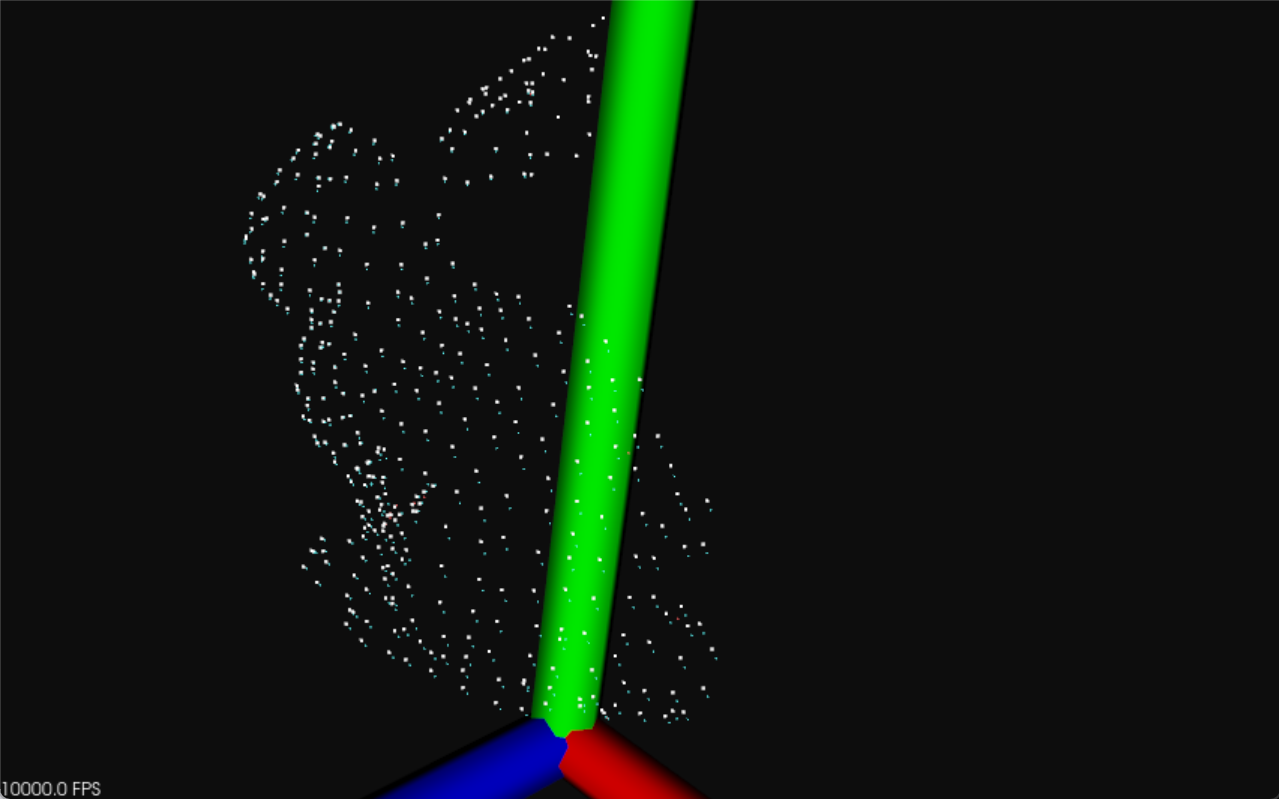

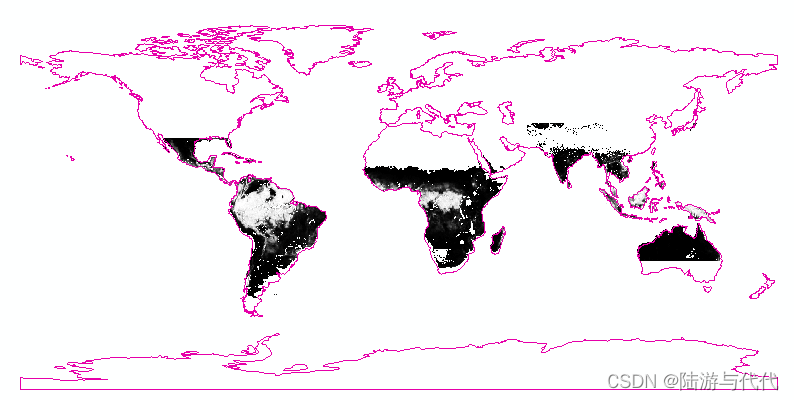


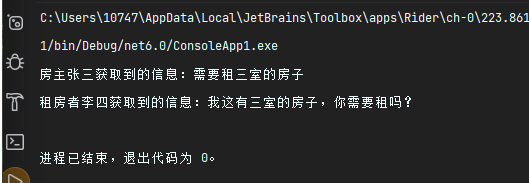



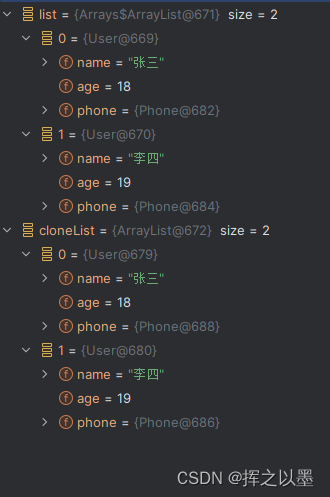
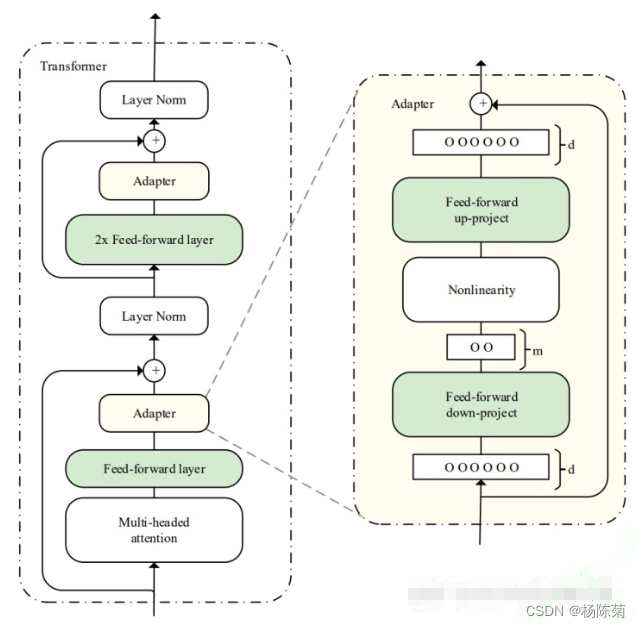
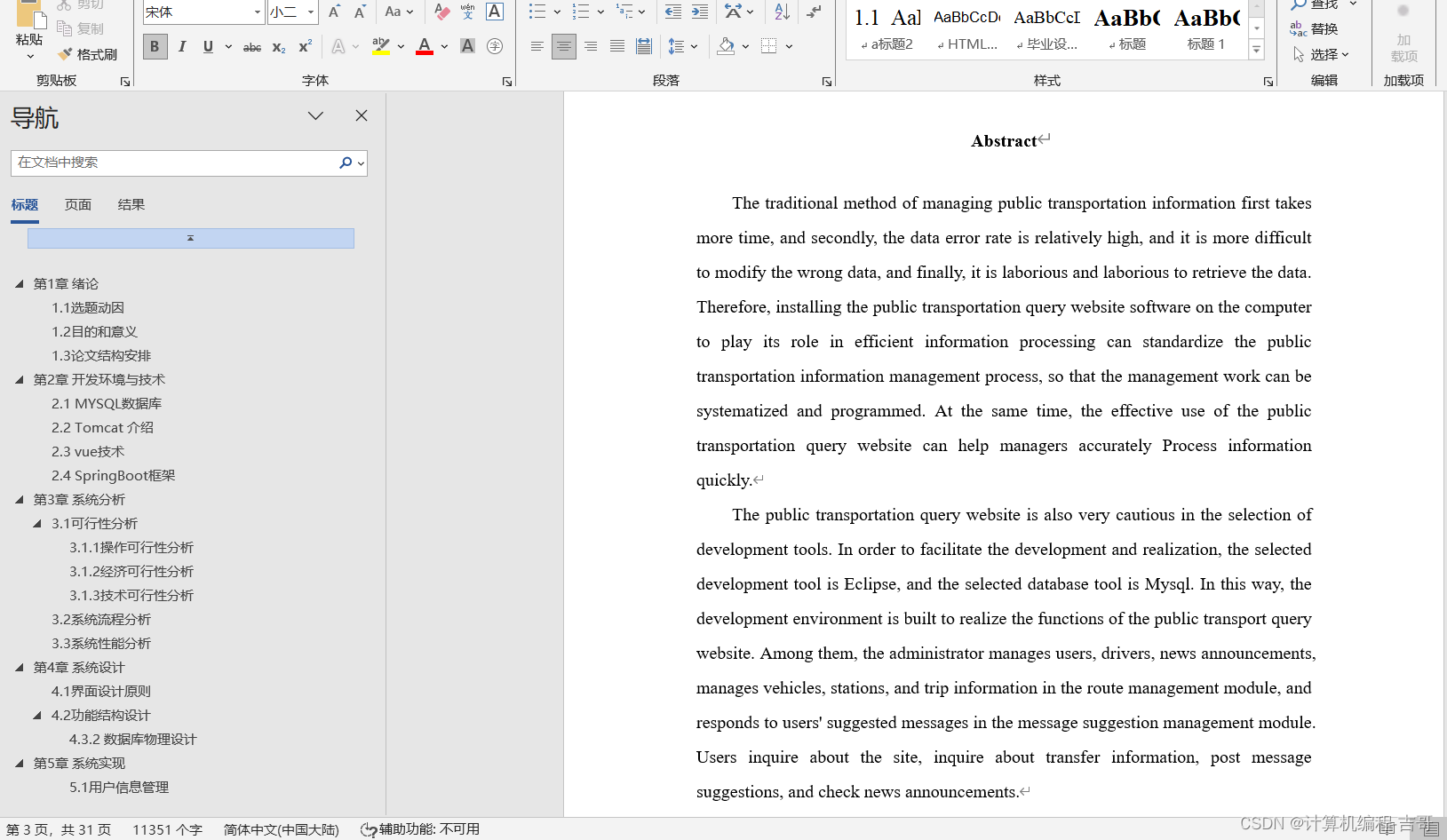

![[CSAWQual 2019]Web_Unagi - 文件上传+XXE注入(XML编码绕过)](https://img-blog.csdnimg.cn/1673e5642a6c4070afa10c73179fcde2.png)



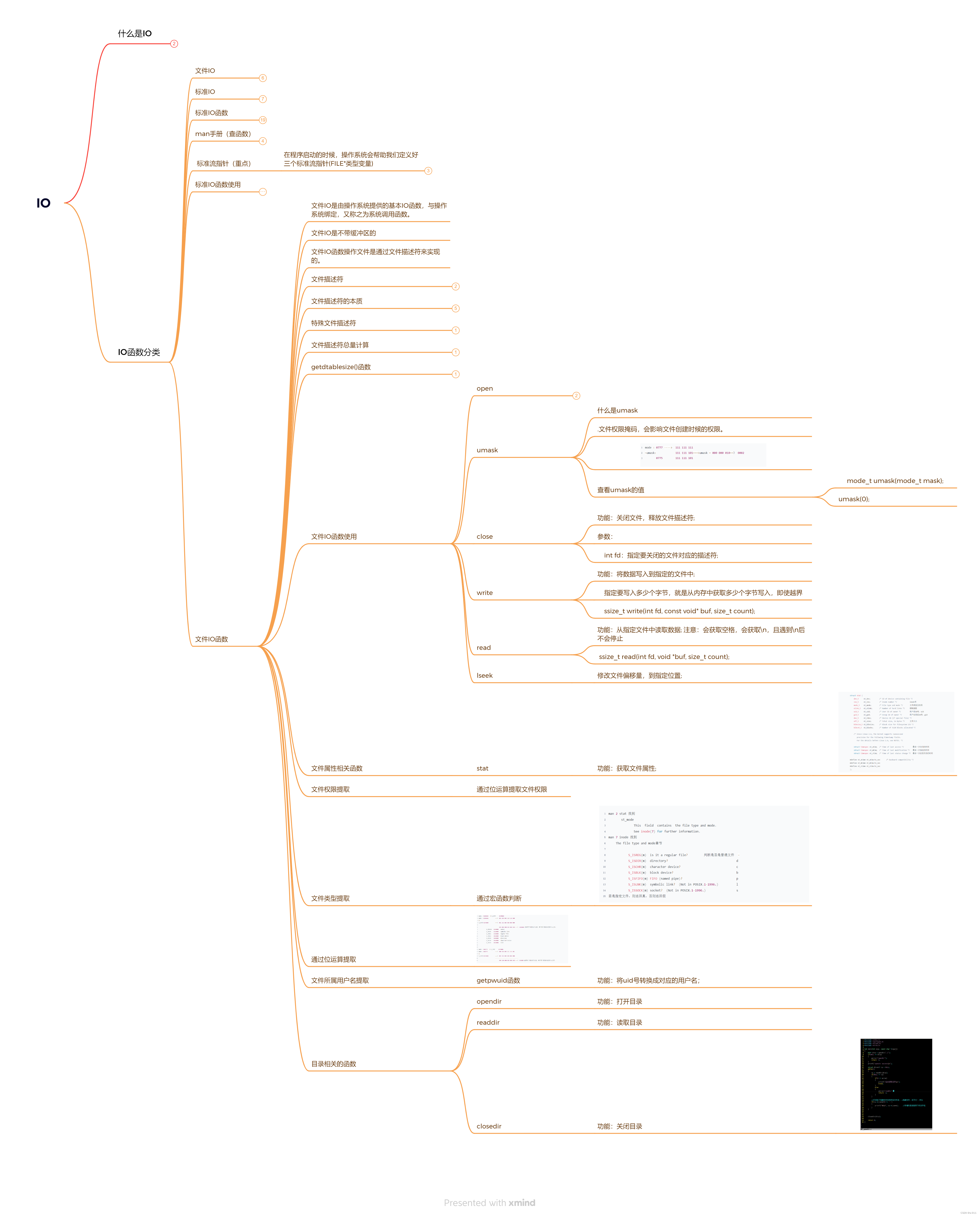


![[Mono Depth/3DOD]单目3D检测基础](https://img-blog.csdnimg.cn/162a517ac7514ba88941c1f985230b50.png#pic_center)